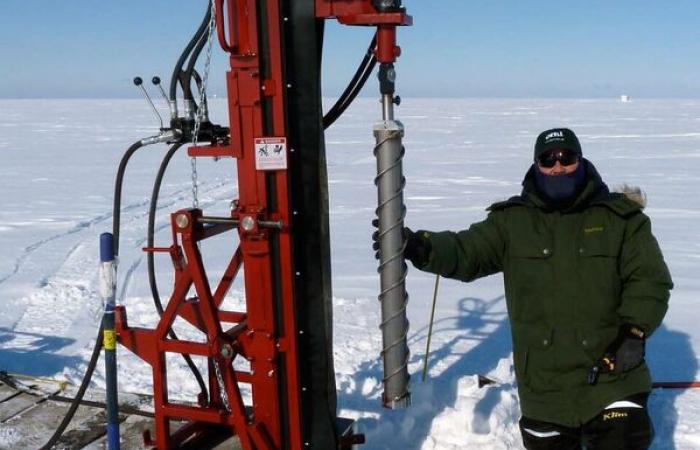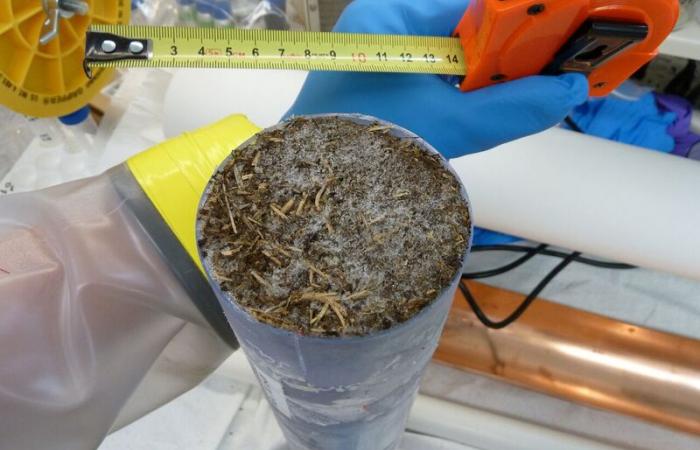June 1, 2018 – Digging into the Arctic tundra, scientists at Oak Ridge National Laboratory have uncovered new insights into how quickly microorganisms break down organic matter in warming Arctic soil—a process that releases stored carbon as carbon dioxide and methane. The team studied soil extracted with a hydraulic drill rig from beneath layers of snow in Alaska. They found that small molecules such as carbohydrates, amino acids and lipids degrade faster than other compounds, indicating chemical composition is key to the speed of molecular degradation and carbon release. This study is part of a larger effort to understand the structure and function of Arctic terrestrial ecosystems,” said ORNL’s David Graham. “Our team will ultimately incorporate this new data to improve existing Earth system models used to predict environmental change.” The work, conducted with partners at the Environmental Molecular Sciences Laboratory at Pacific Northwest National Laboratory, was published in Environmental Science and Technology.







